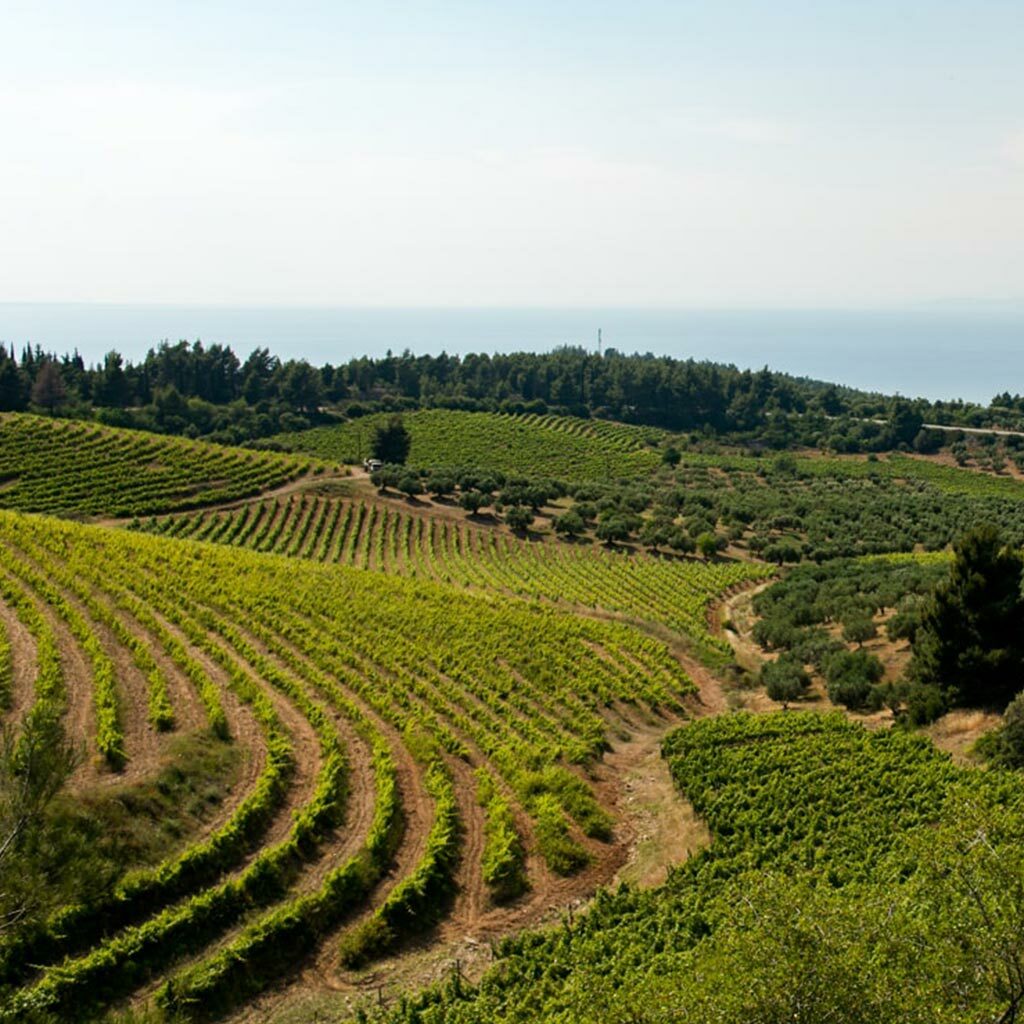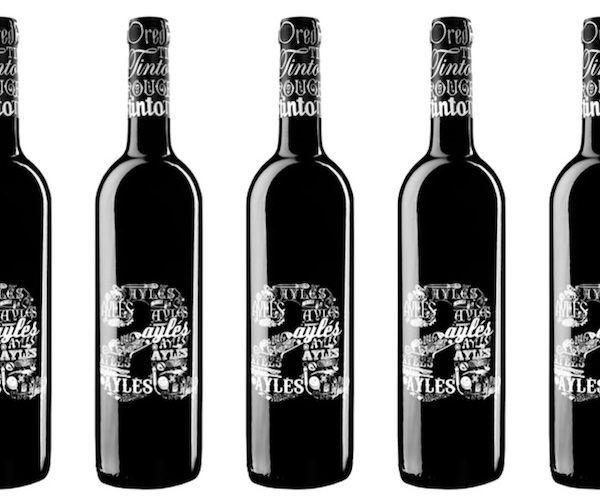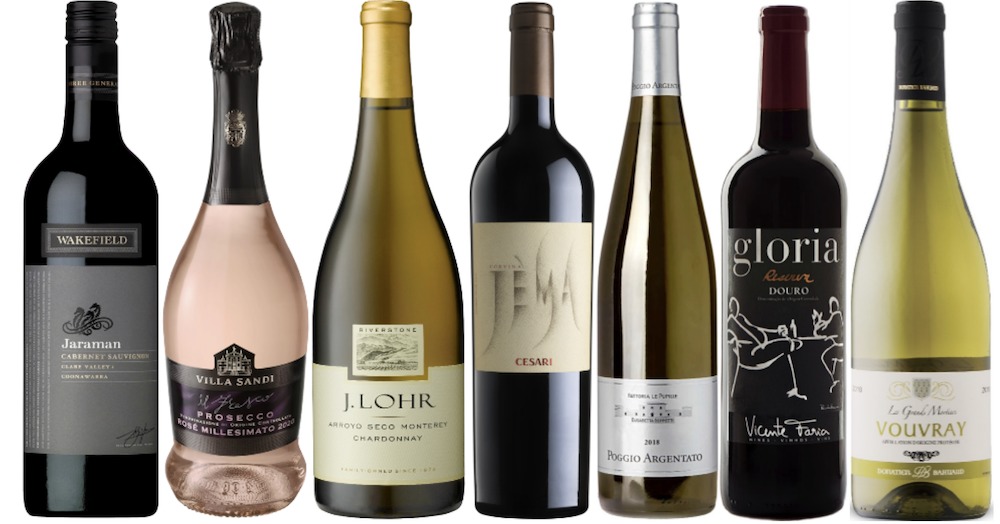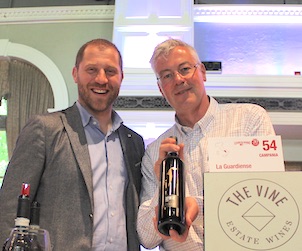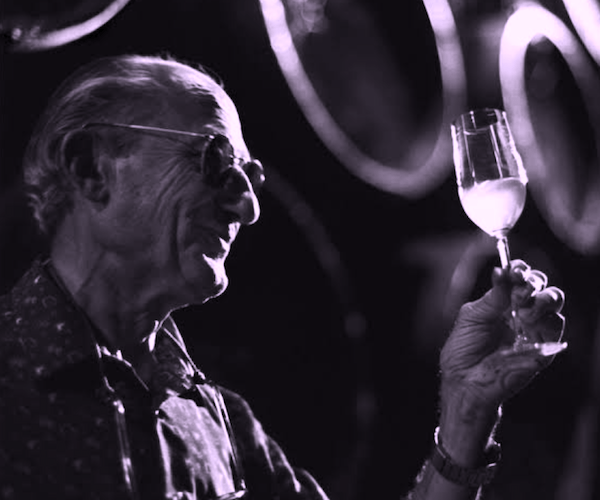Have you ever heard of the Greek PDO (Protected Designation of Origin) Meliton Slopes? You are not alone if you say no. This little known gem is home to winery Porto Carras. The 450 hectare (1,100 acres) agricultural haven is home to grapevines and olive trees that flourish with ease.
I recently had the opportunity to spend some time in the Sithonia Peninsula, where Meliton Slopes is found. It is important to stop and note here that Domaine Porto Carras is the only winery in the PDO, giving it control of the designation’s expression to some extent and therefore great responsibility.
“For us in Porto Carras, being the only winery [and] producer, the PDO Slopes of Meliton means an even greater responsibility to maintain the quality of our wines at a very high level, worthy of a PDO.”~ Dr. Haroula Spinthiropoulou, Chief Agronomist at Domaine Porto Carras
Exploration of the Porto Carras vineyards (Greece’s largest organic vineyard) and a deep dive tasting with the winemaker left me motivated to come away and share as much of their story as possible with you.
With that being said, so much content is not included here, such as their commitment to further winery transformations that are the first of their kind, and their strong female leadership, oenology, and winery team that is doing things to blow your mind. Instead, I will give you just enough information to get you curious and excited about all Domaine Porto Carras offers. Let’s go.
Early Providence
The Domaine Porto Carras design and plantings are the results of a think tank led by, then owner, Yannis Carras, and made up of Agronomy Professors from the local university and wine authorities.
The think tank study looked at which varieties would thrive in the area, not just grapes native to Greece but also international grapes. This attention to the environment and analysis of the soils in 1965 led to the vineyard layout and vines we see today.
Vines are planted in an amphitheatre style, and the dense forestry footprint that surrounds the vines studiously traps that humidity making this hilly vineyard landscape a bit of its own mesoclimate. Though the area goes for an extended period of time without rainfall, Porto Carras vineyard soils remain lush.
The study of the land pointed Porto Carras to include foreign varieties in their vineyards, making them the first to do so in Greece. The foreign varieties include Sauvignon Blanc, Cabernet Sauvignon, Cabernet Franc, Merlot, and Syrah. In fact, Syrah thrives here.
“Porto Carras is made for Syrah” says winemaker Froso Drossou, and I couldn’t agree more. Take a look at the wine notes below to see how much their 2009 and 2005 Syrah’s had me mesmerised. These foreign varieties exist amongst a slew of brilliant native grapes that we would no longer have if not for Porto Carras (see Driven by History).
Today, the Domaine cultivates 26 grape varieties in support of their single variety and blended wine programs.
Driven by History
In their land survey, not only was it essential to consider the popular native grapes being grown in Greece for profitability, plus international varieties, but it was also crucial for Domaine Porto Carras to pay homage to yesterday. As a result, their early vineyard program included reviving the historied Greek grapes, Malagousia (Malagouzia), and Limnio.
Malagousia, an aromatic, bright white wine, was nearly extinct at the point of plantings at the Domaine. Porto Carras is recognized as a critical player in bringing back this now popular grape in many texts and authoritative publications.
Malagousia is a difficult grape to grow and requires more attention than other vines in the vineyard in order to produce a great wine. The difficulty in managing Malagousia in the vineyard could be what led to its near extinct status after World War II.
Limnio, a red grape and the other revived variety from Porto Carras, is said to be one of Greece’s oldest cultivated wines. You can find inference to it in stories about the Greek god Dionysus and in the writings of Aristotle. Despite its formidable historical presence, the wine quickly fell out of favour.
Since the time of Porto Carras’ Limnio project, you are seeing more and more wineries include this grape in their, what I like to call, homage lines of wines.
In many ways, we have Domaine Porto Carras to thank for some of the most exciting wine projects coming out of Greece, with much more impressive show-and-tell moments to come.
The Wines
White Wines
White Soul 2021
This is a white blend of Athiri and Muscat of Alexandria.
White Soul is a great patio sipper with bright acidity and a clement level of complexity due to seeing some time on lees.
You can definitely see the roles played by the grapes in the blend. Your Athiri gives you that needed structure, and your Muscat of Alexandria provides the provocative aromatics that draw you in when you raise the glass to your mouth.
![]()
Blanc de Blancs 2021
Full disclosure, when I saw this on the menu, I was certain I would be served sparkling wine made from Chardonnay and done in the traditional method. I was wrong.
Blanc de Blancs is a very easy drinking white wine made from Athiri, Rhoditis, and Assyrtiko. Resounding minerality, ripe citrus, tropical fruit, and a striking nuttiness define this wine, along with its long finish.
![]()
Melissanthi 2021
This is a white blend of Athiri, Assyrtiko, and Rhoditis with a different approach to vinification than the Blanc de Blancs.
Before we touch on vinification, it is important to note that the grapes used for this wine come from a lot at a much higher altitude than the Blanc de Blancs, and as a result, you get that desired high acidity that gives it backbone. The grape must sees more time with its skins and six months on lees. In the end, you get a bold white wine with incredible acidity and structure that is a beauty with food.
![]()
Malagouzia 2021
This wine is 100% Malagousia and has seen some skin contact and extensive time on lees. A portion of the wine was then aged in second use French oak. It gives a bevy of ripe fruit on the nose and gets leaner and more austere on the palate.
![]()
Chateau Porto Carras Le Grand Blanc 2017
Oh wow! This wine!
The Chateau Porto Carras Le Grand Blanc is a blend of Malagousia, Assyrtiko, and Limnio. Yep, you read right. This white wine blend includes a red grape.
Being 60% Malagousia, you start to see and appreciate the method of the winemaker’s tasting order. While the pure expression of Malagousia was enjoyable, this dominant blend was otherworldly. A brilliant blend with thought that went beyond the economics of the vineyard.
Chateau Porto Carras Le Grand Blanc is released only after five years of ageing and with the potential to be laid down for another five.
On the nose, I could not help but think of smoked cocktails as the smokiness was more than just what one would expect from oak ageing, and I suspect that has a lot to do with what happens when the aromatics of Malagousia meets an oak vessel. High acidity, clementine, melon, and apricot dance on the palate. Once you get over the dancing, the non-fruit aspects of the wine come out, such as hazelnut and clove.
![]()
Limnio Blanc de Noir 2017
As we established above, Porto Carras is doing ingenious things with Limnio, an ancient red grape, so much so that they produce a still white wine made 100% from Limnio.
Vinified on lees for 14 months and aged in oak, this turns out to be a layered and complex wine fit for the wine geek in your world or the neighbour that drops in for a meat smorgasbord from the grill.
![]()
Red Wine
Ruby Heart 2020
This easy drinking and fun red wine is a blend of Limnio, Cabernet Sauvignon, and Syrah and was aged in French oak for 12 months. From black pepper and black currant on the nose to red fruit and bay leaf on the palate, this wine is a great choice for casual affairs of varied palates.
![]()
Limnio 2019
This wine is 100% Limnio and also aged in French oak for 12 months. Aromas of Tomato and oregano dominate, and on the palate, mostly black fruit with hints of red and vanilla. This sturdy red wine makes it clear why intellects like Aristotle thought it worthy of a mention.
![]()
Magnus Baccata 2018
This juicy red wine is a blend of Syrah and Cabernet Sauvignon. Ripe red berries on the nose and a jump in complexity on the palate.
On the palate, red and blue fruits are present amongst a highly balanced structure which pleasantly masks the high acidity and tannin that would otherwise dominate.
![]()
Chateau Porto Carras 2015
We’re now getting into what, hands down, I think are the red wines that define the excellence the Domaine is known for.
The Chateau Porto Carras reminds me of a friendly, ready to drink, but can most definitely age, Bordeaux wine. It is a blend of Cabernet Sauvignon, Cabernet Franc, Limnio, and Merlot. Notes of cassis, thyme, basil, and cocoa topped off with vivid red and black fruit on the palate. Its medium+ tannins and acidity will have you calling for a ribeye.
Fun fact: Domaine Porto Carras’ first Cabernet Sauvignon vintage was made with the help of Professor Émile Peynaud, from the University of Bordeaux. This collaboration resulted in a wine that dazzled industry leaders and won several awards in the 1970s.
![]()
Syrah 2009
I am not going to lie. There was a moment in this tasting where structured and tailored professionalism went out the door, and the innocence of what made me fall in love with the wine in the first place took over. Tasting the Domaine Porto Carras Syrah’s can be such an eye opening moment and a testament to what the Domaine is doing now and will build upon in the future. These Syrah’s remind me of the elegance and structure of Northern Rhone, but with a Mediterranean minerality that adds to the calibre of layers.
The 2009 Syrah is aged for 24 months in French oak and then bottled and left to age in the Porto Carras cellars for 10 years on average before release. What you end up with in the glass is a thing of beauty. Mostly black fruit, violets, cocoa, and leather with a long and balanced finish. This is the kind of wine you buy in multiples to watch how it ages and transforms as time goes on.
![]()
Syrah 2005
When I first sipped the 2005 Syrah, I found it tight and not as giving as 2009. Having minimal experience with Porto Carras wines up until this point, I assumed that it may have been over its peak and was now hedging toward tertiary expressions. I walked away and came back to the wine 20 minutes later, and oh my word!
The 2005 Syrah turned into a different wine giving you the ripe and full freshness that 2009 gave on the first sip. This was proof of the ageability of these wines, as 2005 could have easily sat for another five years, if not more, based on how it was drinking.
If you are wondering why the leap from 2005 to 2009, Domaine Porto Carras only makes single varietal expressions of Syrah in the years where the wine is showing exceptionally well. The next vintage to be released is their 2016, but you will have to wait until 2026 for that.
![]()
(All wines are rated out of a possible five apples)
You Gotta Visit
It does not hurt that the vineyards are on the same property as the Porto Carras Beach Resort Hotel. A gorgeous property with a beach that spans nine kilometres! The property also includes 25 kilometre hiking and running trails, 324 exquisite rooms, nine restaurants, and much more. Vineyard exploration plus a relaxing atmosphere makes visiting this winery a must do.
The Domaine is working tirelessly on elevating all aspects of their business from customer facing tasting experiences, winery advancements, and vineyard management that prepares and protects the vines, in the most natural way possible, from climate change. I look forward to returning to the Domaine in a few years to see all they will have undoubtedly done.


